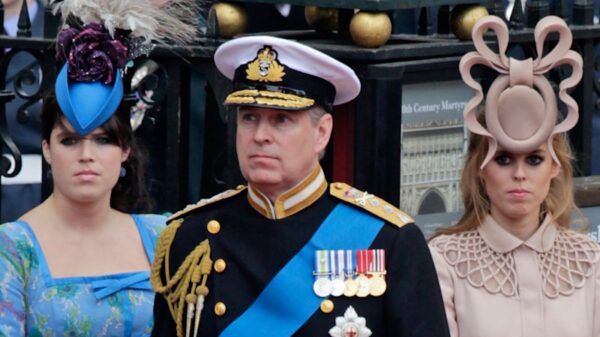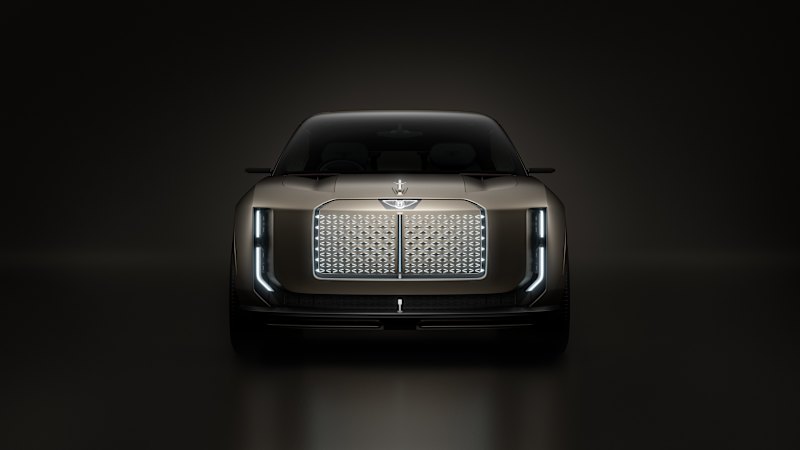At Bentley Motors’ design studios in Crewe, the future of car interiors is being reimagined with innovative technology that allows for customizable color changes. Maria Mulder, head of colour, materials and finishes at Bentley, shared insights into this emerging technology during an interview with Life & Leisure.
Transformative Color Technology
Mulder hinted at exciting advancements in pigment technology that could enable drivers to change their car’s interior color at will. “Imagine getting into your car with a mid-blue interior and wanting it red instead. We are exploring tech that could let you do that instantly,” she explained, emphasizing that while the details are confidential due to a non-disclosure agreement, the potential is immense.
This transformative capability represents the “next” stage in interior innovations, as Mulder categorizes developments into “now, nearly, and next.” She noted that while changing exterior colors is approaching feasibility, modifying the internal hues remains a more complex challenge.
In the meantime, Bentley is also investigating alternative methods to enhance the interior atmosphere, such as sophisticated lighting techniques. These could include incorporating lighting technology within materials or projecting light onto surfaces to create dynamic visual effects. “We’re looking at how to embed lighting within the material or use projection techniques to create unique environments,” Mulder added.
Material Innovations and Sustainability
While Bentley remains committed to high-quality leather interiors, Mulder indicated that the company is experimenting with other materials, including a new line of 100 per cent wool trim. This initiative aims to combine luxury with sustainability, drawing inspiration from the luxury sneaker industry. She highlighted innovations in “3D knitting” techniques, which allow for precision crafting with minimal waste.
“This wool will feel authentic and luxurious, unlike past attempts to use delicate materials like silk, which often lost their desirable qualities when adapted for automotive use,” Mulder stated. The introduction of wool interiors is expected next year, bringing a fresh option for discerning customers.
In addition to textiles, Bentley is also exploring the potential of Acrylic Couture, a unique acrylic glass embedded with decorative materials. This approach allows for visually stunning designs that can be illuminated in various ways, creating different moods within the vehicle’s interior. “We can create a calm ambience reminiscent of a sunset or a dynamic performance aesthetic, all through lighting,” Mulder explained.
As luxury cars increasingly incorporate larger screens, Bentley remains cautious. Klaus Busse, head of design, noted the trend towards a “digital detox” mode in vehicles. He emphasized that while screens are essential for functionality, they should not detract from the driving experience. “Our goal is to minimize distractions and keep the focus on the pleasure of driving,” he said.
Busse pointed out that the functionality of larger screens might eventually be complemented by compact laser head-up displays. This technology could enhance driver experience without occupying excessive space within the instrument panel.
Overall, Bentley Motors is not only focusing on luxury and aesthetics but also on sustainable practices. The company aims to offer a wide range of customizable options for interiors, allowing buyers to select from a plethora of materials, colors, and finishes. Innovations such as 3D printing are already in the “now” category, enabling options like rose gold switches for those willing to invest in bespoke features.
As the automotive industry continues to evolve, Bentley Motors is positioning itself at the forefront of luxury and innovation, creating interiors that are not just functional but also deeply personal.


































































